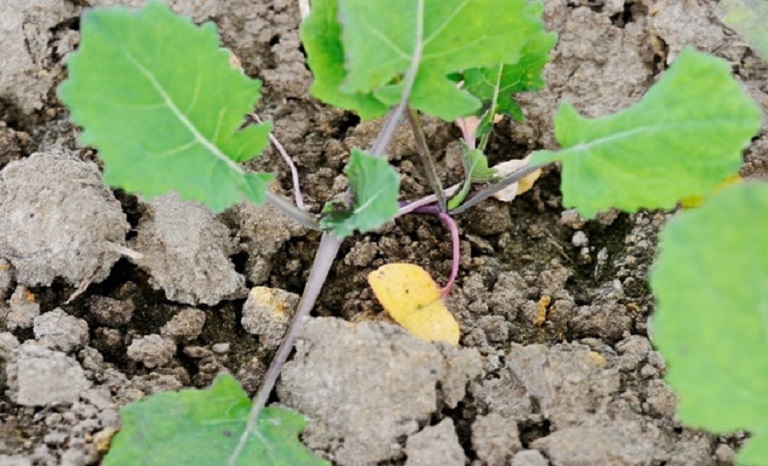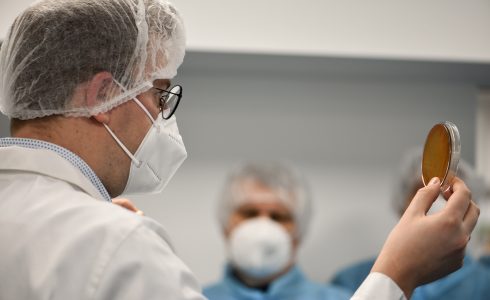Phosphorus is one of the most essential elements in plant nutrition. It plays a crucial role in plant metabolism, energy transfer, and overall development, which is why it’s important to revisit its functions and benefits.
Plants absorb phosphorus in the form of anions – H₂PO₄⁻ or HPO₄²⁻, derived from orthophosphoric acid or other phosphorus-containing acids after hydrolysis. Once absorbed, phosphorus becomes part of various organic compounds within the plant.
One of phosphorus’s most critical functions is in seed development, where it is stored as a reserve and used during germination. It is also a vital component of vitamins, enzymes, and other biologically active compounds.
The Role of Phosphorus in Plants
Phosphorus is indispensable in energy transfer processes (such as ATP synthesis), and it is involved in cell division, plant reproduction, and metabolic functions. It is essential for photosynthesis, respiration, and carbohydrate metabolism, including the accumulation of sugars and starch.
It also plays a key role in nitrogen metabolism, making it vital to maintain the right nitrogen-to-phosphorus balance when fertilizing crops.
Where Is Phosphorus Stored in the Plant?
Phosphorus is primarily stored in reproductive organs and actively growing tissues, where intensive synthesis of organic compounds occurs. During growth, phosphorus can be mobilized from older leaves to newer tissues, which is why deficiency symptoms typically first appear on older leaves.
When phosphorus is deficient, plants exhibit slower growth, delayed maturity, reduced yield quality, and lower overall productivity.
The Critical Period – Early Growth Stages
Plants are most sensitive to phosphorus deficiency during the early stages of growth, when root systems are still underdeveloped. It’s important to note that phosphorus deficiency cannot be fully corrected later, even by increasing fertilizer rates. Therefore, ensuring sufficient phosphorus availability early in the season is critical for proper plant development and yield formation.

Phosphorus in the Soil – Mostly Unavailable to Plants
Most phosphorus in the soil exists in chemically bound forms – either mineral or organic – that are not readily available to plants. These compounds are released into plant-accessible forms very slowly.
While total phosphorus levels in the soil may be high, the amount accessible to plants is often limited, which is why supplemental fertilization is necessary. However, the efficiency of phosphorus fertilizers depends on various factors, such as: Soil compaction Soil pH Temperature Biological activity
Why Use Fosfix Plus?
Given the limited availability of phosphorus in the soil and the plant’s urgent need for it during early development, using a microbial product like Fosfix Plus becomes crucial.
Fosfix Plus contains beneficial bacteria that actively release phosphorus from bound, insoluble soil compounds, making it available for plant uptake right when it’s most needed. These microorganisms:
- Improve phosphorus solubility and mobility in the rhizosphere
- Enhance root zone availability of phosphorus
- Support early root development and plant vigor
- Increase fertilizer efficiency, especially in low-temperature or high-pH conditions
By applying Fosfix Plus, you are not only increasing the bioavailability of phosphorus but also ensuring a more efficient and sustainable use of your existing soil and fertilizer resources — helping your crops reach their full yield potential from the very beginning.



